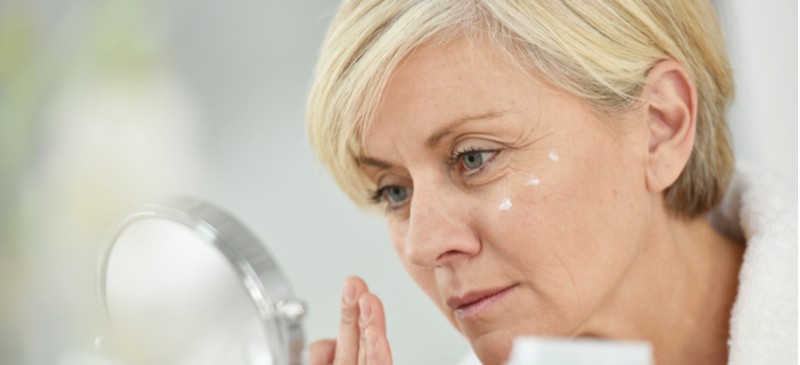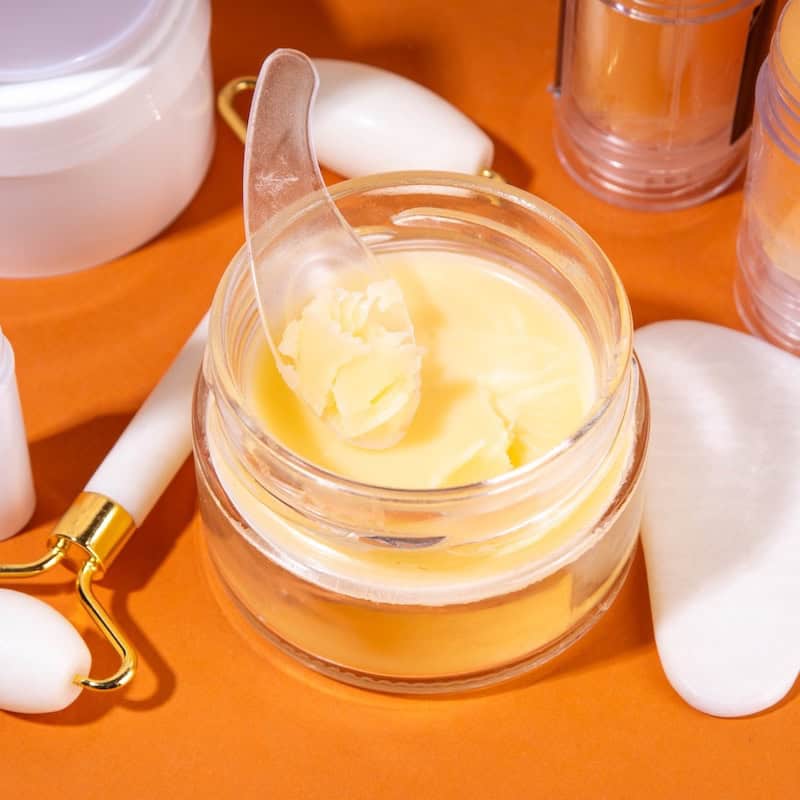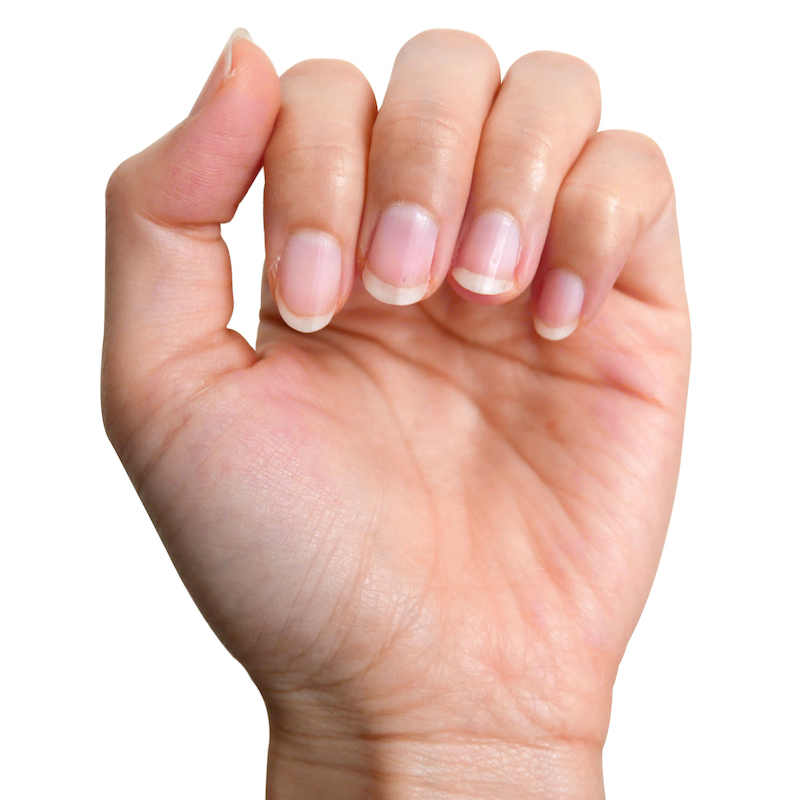This Dr. Axe content is medically reviewed or fact checked to ensure factually accurate information.
With strict editorial sourcing guidelines, we only link to academic research institutions, reputable media sites and, when research is available, medically peer-reviewed studies. Note that the numbers in parentheses (1, 2, etc.) are clickable links to these studies.
The information in our articles is NOT intended to replace a one-on-one relationship with a qualified health care professional and is not intended as medical advice.
This article is based on scientific evidence, written by experts and fact checked by our trained editorial staff. Note that the numbers in parentheses (1, 2, etc.) are clickable links to medically peer-reviewed studies.
Our team includes licensed nutritionists and dietitians, certified health education specialists, as well as certified strength and conditioning specialists, personal trainers and corrective exercise specialists. Our team aims to be not only thorough with its research, but also objective and unbiased.
The information in our articles is NOT intended to replace a one-on-one relationship with a qualified health care professional and is not intended as medical advice.
Tretinoin Benefits for Skin, Including Acne and Wrinkles
January 16, 2024

Tretinoin has been used as an anti-acne agent for almost 50 years. As a type of retinol, it’s able to combat several dermatological conditions.
Skin is the largest organ in the body, and we continuously try new ingredients to make it look younger, clearer and brighter. That explains why retinol cream gets plenty of attention as a solution to common dermatological issues, like acne, wrinkles, burns and signs of sun damage.
So is topical tretinoin right for you? If so, there are some tips you should know to reduce the risk of irritation and improve efficacy.
What Is Tretinoin?
Tretinoin is one of the most potent retinol derivatives that’s used topically for skin conditions like persistent acne and sun damage. This form of vitamin A works to stimulate cell turnover, which works to promote pore opening and the removal of bacteria that causes breakouts.
When looking at tretinoin vs. retinol, you may be confused about how the two are any different.
Retinoids are needed for a number of biological processes, including vision, reproduction and growth. There are many natural and synthetic derivatives of retinol, or vitamin A, that supply the body with this important nutrient.
Tretinoin is one kind of vitamin A derivative, falling within the larger retinol category. It widely has been investigated for its ability to improve skin health and appearance.
It’s often used in over-the-counter face creams that are meant to improve acne, along with eye creams and serums that are meant to reduce signs of aging.
Health Benefits
1. Helps Improve Acne
Tretinoin is well-known for its ability to improve persistent acne. Studies suggest that it’s able to reduce visible lesions and inhibit the development of new lesions.
It also blocks several inflammatory pathways that activate acne, promotes skin cell turnover and helps control sebum production.
When analyzing tretinoin before and after images, researchers noticed reduced acne lesions after 12 weeks of treatment.
2. Soothes Wrinkles
A study conducted in New Zealand highlights that tretinoin cream improves wrinkles and roughness in patients when applied topically. Clinical research shows that retinol causes extensive changes in the epidermis and dermis layers of skin.
Tretinoin for wrinkles is one of the topical’s most well-known uses. It’s commonly used to prevent or reverse premature aging, and it has been shown to promote epidermal thickening.
3. Fights Inflammation
An extensive review published in the Journal of Clinical and Aesthetic Dermatology found that tretinoin possesses immunomodulating properties that work to reduce inflammation. It’s able to disrupt and hinder the various stages of inflammation and the production of pro-inflammatory factors that can lead to acne and other skin issues.
For this reason, tretinoin has been combined with antibacterial agents, such as clindamycin, benzoyl peroxide and erythromycin, to form combination treatments for acne.
4. Promotes Healing
Research published in Clinical Interventions in Aging shows that tretinoin results include the treatment of irritant reactions, such as burning and scaling.
The retinol is also used to help get rid of acne scars. It boosts healing by increasing skin cell turnover, allowing for new cell growth.
5. Improves Sun Damage
Studies show that topical tretinoin is effective in improving photodamage (or sun damage), which causes hyperpigmentation, wrinkles, skin roughness or changes in skin texture, and changes in skin thickness.
The research conducted on patients with sun damage lasted one to six months. Short-term effects included improvement in wrinkles and roughness, along with epidermal thickening.
Long-term studies showed significant results, including improvement in wrinkles, sun spots, texture, thickness and collagen regeneration.
How to Use
There are a number of ways to use tretinoin for skin health, including the following:
- Over-the-counter skin creams and gels
- Over-the-counter eye creams and serums
- Prescribed creams containing tretinoin and retinoic acid
- Tretinoin peels, also known as retinoic acid peels
When you begin using any retinol product, it’s best to start with small amounts every two to three days. This gives your skin a chance to adjust to the treatment and reduce the risk of irritation.
Before applying tretinoin for scars, acne, wrinkles or any other skin issue, make sure the skin is clean and dry. Lightly cover the area of concern with the cream or gel, and keep away from sensitive areas like your eyes, lips and nostrils.
Don’t combine it with any other skin products to avoid potential interactions, other than sunscreen.
Remember that it can take up to 12 weeks to notice any tretinoin results, so be patient and continue use unless you notice any adverse effects.
Research published in Dermatology and Therapy noted the following tips for minimizing retinol tolerability issues:
- Expect that mild irritation may be part of the treatment process and usually subsides within one to two weeks.
- Apply cream, gel or ointment in a thin layer at a pea-sized dose.
- Avoid over-cleaning your face and use gentle cleansers.
- Apply topical every other day for first two to four weeks.
- If experiencing sensitivity, apply retinoid to your full face for 30–60 minutes and then wash off.
- Apply with a gentle, non-comedogenic moisturizer.
Dosage
Over-the-counter products containing the retinoid are made with lower doses and are a good starting point. A cream or gel with 0.025 percent to 0.05 percent tretinoin is an over-the-counter, lower-dose option.
If after several weeks you do not notice an improvement with an over-the-counter product, you can speak to your dermatologist about being prescribed a higher strength retinol cream.
Research indicates that 12 weeks of tretinoin therapy with concentrations of 0.1 percent and 0.025 percent reduced acne lesions by 80 percent and 35 percent, respectively.
Risks and Side Effects
The most common tretinoin side effect is dermatitis, or a skin reaction. Research suggests that this is usually mild or moderate and may persist up to three months.
The most common side effects include:
- redness
- burning sensation
- stinging and tingling
- swelling
- itching
- dryness and peeling
- unusual warming
People who are allergic to retinol products may experience more severe side effects, like hives and trouble breathing. This is rare but would certainly indicate that you should stop using the product and consult your doctor.
Using creams or products containing tretinoin before sun exposure may lead to increased skin sensitivity. For this reason, using it at night may reduce the risk of adverse effects.
Drug Interactions
Using tretinoin with other topical medications may increase skin sensitivity, especially when exposed to the sun. Don’t use retinol creams or ointments with skin treatments like salicylic acid or benzoyl peroxide, unless it’s recommended by your dermatologist.
You should also avoid using products that cause dryness, such as alcohol, harsh cleansers or other harsh skin products, like cosmetics and lotions.
Conclusion
- Tretinoin is a vitamin A derivative that’s used topically to improve the health and appearance of skin.
- The retinoid is available in over-the-counter skin products, like creams, gels and ointments, and with a prescription.
- The most common tretinoin uses are for acne, wrinkles, burns, scars, sun damage and skin inflammation.
- Using topical retinoids can cause irritation, so it’s recommended to start with small amounts, every two to three days for 12 weeks, unless you experience moderate to severe adverse effects.










